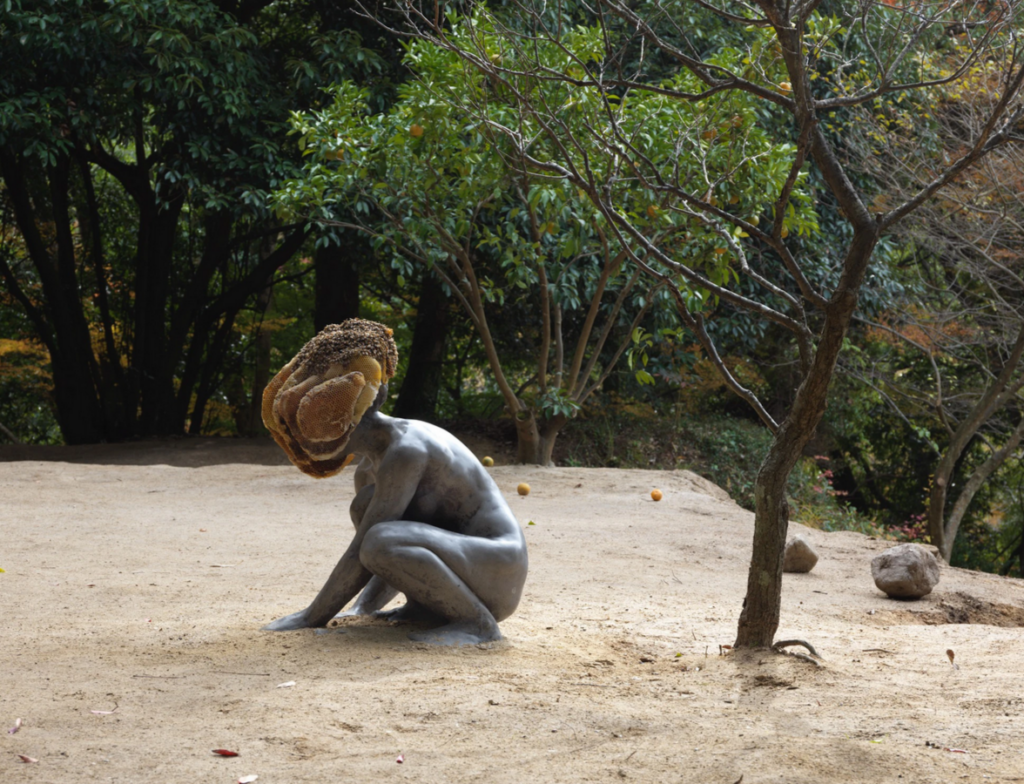
Introduction
Speculative realism, a radical philosophical movement that challenges human-centered perspectives, has emerged as a major influence in contemporary art. As artists move away from traditional depictions of reality, they embrace a speculative approach that blurs the line between fiction and existence, questioning the very nature of perception. In 2025, this movement has gained widespread traction, shaping how artists create and collectors invest in artworks that defy conventional boundaries.
By incorporating elements of technology, artificial intelligence, and abstract materiality, speculative realism in art transforms ordinary objects into thought-provoking installations. This trend is rapidly redefining creativity, drawing attention from collectors, galleries, and museums worldwide. But what makes speculative realism such an essential force in the art world today, and how is it influencing market trends?
The Importance of Speculative Realism in Art
At its core, speculative realism rejects human exceptionalism and instead emphasizes the autonomy of objects, materials, and non-human entities. This departure from anthropocentric narratives allows artists to explore alternative realities where objects possess agency, meaning, and purpose independent of human interpretation.
Breaking Conventional Boundaries
Speculative realism opens up new artistic possibilities by challenging preconceived notions of form and function. Artists experiment with:
Hybrid Media – Combining traditional sculpture with digital manipulation, AI-generated forms, and virtual reality.
Material Experimentation – Utilizing unexpected materials such as industrial waste, biological substances, and self-evolving chemical compositions.
Post-Human Perspectives – Creating artworks that focus on non-human consciousness, artificial intelligence, and speculative ecologies.
The Role of Technology in Speculative Realism
Advancements in AI, 3D printing, and augmented reality (AR) play a crucial role in speculative realism. Artists use these tools to generate unpredictable forms, mimicking natural growth patterns and alternative realities. In doing so, they challenge audiences to reconsider what is “real” and what exists only as a possibility.
Top-Selling Speculative Realism Artworks and Market Trends
As speculative realism gains prominence, major auction houses and galleries have witnessed a surge in demand for these unconventional pieces. Here are some of the most notable sales in this category:
“Post-Anthropocene Relics” by Hito Steyerl – This AI-generated digital installation featuring speculative artifacts from a future civilization sold for $500,000 at Art Basel 2025.
“Algorithmic Mutations” by Ian Cheng – A continuously evolving digital artwork based on machine learning, fetching $750,000 in a Christie’s auction.
“Hyperobject Manifestation” by Pierre Huyghe – A mixed-media installation that incorporates biological and synthetic life forms, sold for $1.2 million at a private sale.
“Non-Human Histories” by Agnieszka Kurant – A conceptual art series using self-assembling nanomaterials, acquired by a major contemporary art museum for $2 million.
The financial success of these pieces underscores the growing interest in speculative realism among collectors and institutions, signaling its increasing value in the contemporary art market.
Leading Artists in Speculative Realism
Several artists have become key figures in the speculative realism movement, creating works that push the boundaries of perception and materiality:
Hito Steyerl – Known for her digital and AI-based installations that critique technology and capitalism.
Ian Cheng – Creates self-evolving digital ecosystems that function autonomously beyond human control.
Pierre Huyghe – Merges biological elements with synthetic materials to question the nature of existence.
Agnieszka Kurant – Explores the intersection of speculative fiction and emergent technologies in art.
These artists are not only challenging the traditional role of the artist but are also redefining how art is created, perceived, and valued.
Comparing Speculative Realism to Other Art Movements
To understand speculative realism’s unique place in the art world, it is helpful to compare it to other movements:
Speculative Realism vs. Surrealism
While surrealism deals with dreams and the subconscious, speculative realism focuses on realities outside human perception.
Surrealist art often follows a narrative structure, whereas speculative realism embraces non-linear, emergent processes.
Speculative Realism vs. Conceptual Art
Conceptual art is idea-driven, often relying on language and theory, whereas speculative realism emphasizes the autonomy of objects.
Speculative realism incorporates material experimentation beyond traditional artistic disciplines.
Speculative Realism vs. Postmodernism
Postmodernism is largely defined by irony and deconstruction, while speculative realism aims to expand philosophical inquiry beyond human-centered frameworks.
Postmodern art often critiques history and culture, whereas speculative realism suggests alternative futures and non-human perspectives.
The Growing Popularity and Future of Speculative Realism
The increasing market interest in speculative realism can be attributed to several factors:
The Influence of AI and Digital Art – As technology continues to evolve, speculative realism will expand its reach, incorporating more advanced AI-generated works.
Institutional Recognition – Major museums and galleries are curating speculative realism exhibitions, solidifying its place in contemporary art history.
Increased Collector Demand – With limited-edition speculative realism works gaining value, collectors are investing heavily in the movement.
New Aesthetic Paradigms – Speculative realism is influencing interior design, architecture, and even fashion, proving its cultural significance beyond fine art.
Experts predict that speculative realism artworks will continue to appreciate in value, particularly as AI-generated and hybrid media art becomes more sophisticated. Limited-edition digital pieces, immersive installations, and AI-generated sculptures are likely to command even higher prices in the coming years.
Conclusion
Speculative realism is more than just a philosophical idea—it is a transformative force in contemporary art. By challenging perception, embracing material experimentation, and leveraging technology, artists within this movement are reshaping the future of creativity. As demand for speculative realism continues to rise, it is clear that this trend is not just a fleeting curiosity but a lasting and evolving artistic paradigm.
The art piece used in this post is called “Exomind (Deep Water)” by Pierre Huyghe
For Inquiries and Exclusive Promotions:
Explore our curated offerings at Artists Breath.
Discover Our Exquisite Collection:
Immerse yourself in our distinguished selection of fine art at Artists Breath Collection.
Connect with Our Artists and Gallery:
For personalized assistance or to engage with our talented artists, please reach out at info@artistsbreath.com.
Stay Informed with Our Insights:
Subscribe to our Substack for the latest in art and culture at Artists Breath Substack.